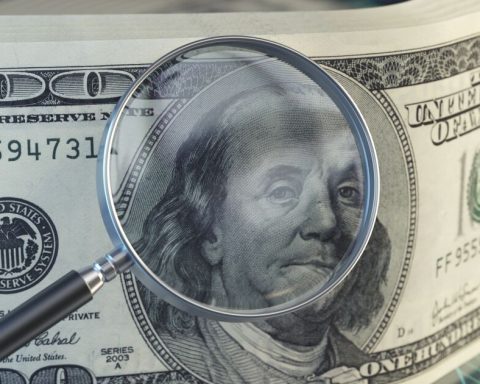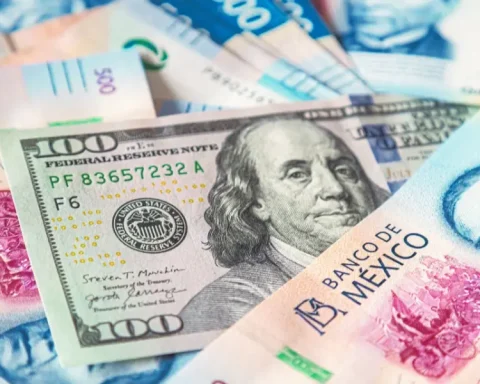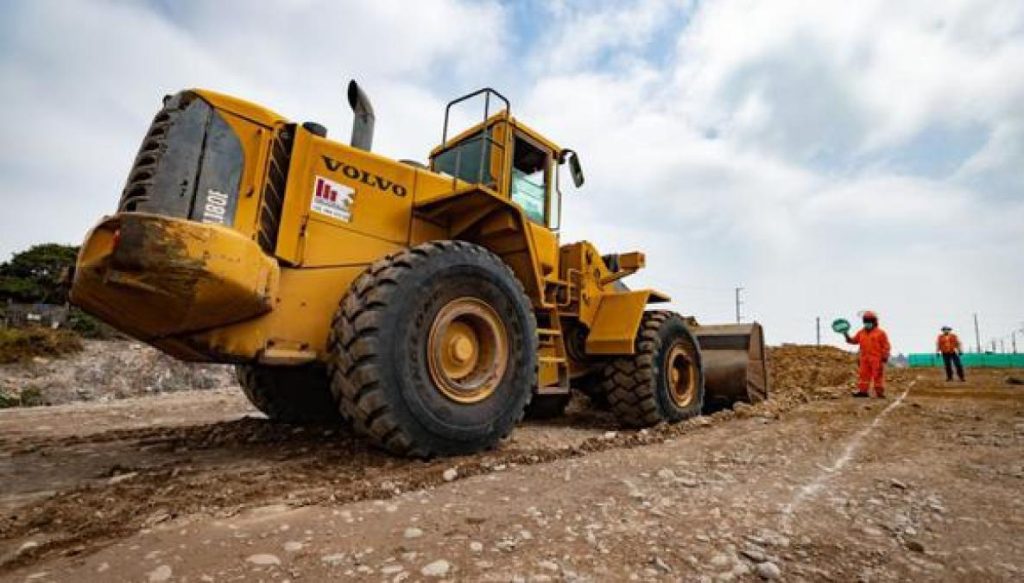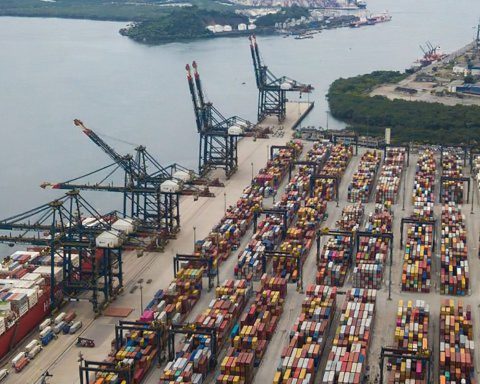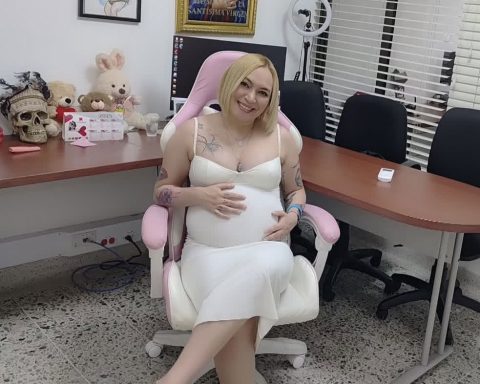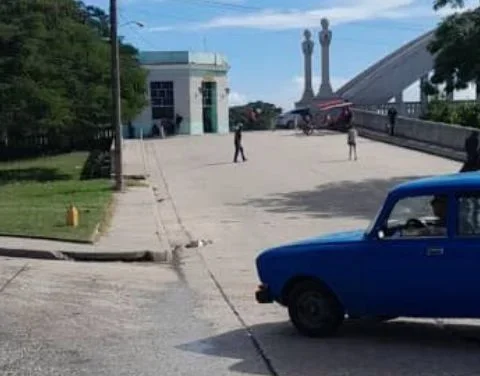The Mexican government is about to score a home run – in baseball terms – in its first consolidated purchase of medicines.
It would be “blowing the fence” and thereby achieving several positive impacts.
The Ministry of Health, with the strategy of the undersecretary, Eduardo Clark, could be managing to purchase almost all of the medicines it needs for 2025 and 2026.
This guarantees the supply of medicines for 26 health institutions for the next two years.
At the same time, it eliminates the historic participation of distributors in drug price negotiations with the federal government.
Which implies the elimination of intermediaries and better prices for the government.
With this, savings are maximized, which reach 30,000 million pesos; an amount equivalent to between 7 and 8 hospitals with 260 beds.
In addition to having a distribution mechanism, the litmus test of which is yet to be registered; Whether or not shortages are avoided depends on this.
One thing is to have the necessary supply of products and the other is to reach hospitals and clinics in a timely manner.
The new strategy intends for drug manufacturing companies to directly hire logistics integrators (distributors) to carry out distribution to a central warehouse and 272 health units.
And for the placement of medicines in the “last mile”, that is, in around 13,000 points, a historical distribution mechanism will be resumed through the health jurisdictions of the states of the Mexican Republic, which would be involved, to avoid the national shortage.
This last part is yet to be carried out and the complete success of the Mexican government’s new strategy for the acquisition of medicines and healing materials depends on it.
After five different failed purchasing schemes and a notable shortage during the previous six-year term, if the total success of this new strategy were achieved, a watershed would be marked with the incoming government.
The first consolidated purchase of medicines made by Claudia Sheinbaum’s government is about to achieve what seemed like an “impossible mission”: buy almost all of what it demanded and, by virtue of its purchasing power, achieve savings by 30,000 million pesos for the Mexican State.
At the same time, it would be achieving what the previous government could not: putting aside the distributors, so that the negotiation could be carried out directly between the laboratories and the Ministry of Health.
It still remains to be seen if the task of distributing properly and avoiding shortages in the medical units of the health system can be carried out, through the application of a mechanism that will allow the participation of distributors, hired directly by the medicine manufacturing companies.
And that the operational logistics of the states of the Mexican Republic that will be directly involved – through the corresponding payment, centralized by the Mexican government – in the distribution of medicines function correctly.
However, the first phase of the strategy can be considered a success.
The consolidated purchase of medicines and healing materials, the first of Claudia Sheinbaum’s government, considered historic due to its size, registered sales offers for 97.5% and the ruling awarded just over 73% of the almost 5 billion pieces tendered, that is, a quantity that exceeds 3.7 billion pieces.
The remaining 24% corresponds to “keys” for around one billion pieces that will be awarded in the next 10 days. These are glasses in which suppliers can easily solve the procedures they missed.
According to Undersecretary Clark’s calculations, the consolidated purchase of 73% of what was allocated, with the previous prices, would have cost 338,000 million pesos.
Of the total tendered, 73% that was purchased, with the previous prices would have cost 260,000 million pesos. With prices negotiated directly with the laboratories, it cost around 230,000 million pesos.
The greatest savings were achieved through direct negotiation with transnational laboratories on patent medicines for a total of 20,000 million pesos.
The remaining 10,000 million pesos of savings were achieved through competition between the different participants in the industry.
We will see how this strategy ends in the end, which so far seems to be giving results. At the time.



